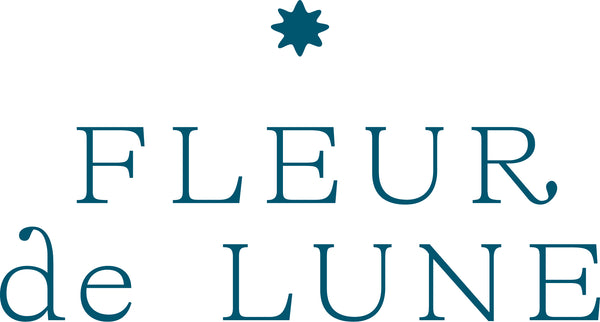In the complex world of skincare, the battle against acne is an ongoing fight for many. Yet, within this fight lies a critical distinction often not understood: the difference between healing acne and merely suffocating it. Understanding the differences is essential, as it sheds light on the long-term health of our skin and its resilience against recurring breakouts.
Healing Acne
Healing acne is an intricate process that delves into the root causes of breakouts, including hormonal imbalances, bacteria, inflammation, and clogged pores (overproduction of sebum). This journey is all about repairing and fortifying the skin's barrier. The skin barrier, or stratum corneum, is the outermost layer of the skin that acts as a protective shield against environmental aggressors, pathogens, and moisture loss. When this barrier is compromised, whether by aggressive acne treatments, over-exfoliation, or external irritants, it can lead to increased sensitivity, dehydration, and worsen acne.
True healing might initially lead to purging—a phase where the skin gets worse before it gets better. This phenomenon occurs because effective treatments accelerate skin cell turnover, pushing impurities to the surface. Though inconvenient, purging is a testament to the skin's healing process, signaling that the treatment is working to cleanse the skin from within, thereby preventing future breakouts.
Our passion for truly healing the skin in a healthy way stems from two key benefits: First, by prioritizing the repair of the skin's barrier rather than resorting to suffocating the skin, we significantly lower the chances of scarring and worsening the acne. Second, allowing space to identify the root causes of acne as they occur enables us to comprehend our clients' specific triggers. This understanding empowers them with the ability to maintain clear skin, as they gain insights into the reasons behind their breakouts and can thus make informed choices for their overall health.
An integral part of healing acne, therefore, involves nurturing the skin barrier back to health. This includes incorporating ingredients that mimic the skin's natural moisturizing factors into one's skincare routine. These ingredients not only hydrate the skin but also reinforce its natural defenses, making it less prone to irritation and better equipped to fight inflammation, bacteria, inflammation.
Suffocating Acne
On the other side of the spectrum lies the approach of suffocating acne to flatten it, a method that offers immediate gratification but lacks long-term benefits. This approach typically involves topical treatments that dry out the skin and the acne, such as benzoyl peroxide or salicylic acid in high concentrations. While these treatments can quickly reduce the visibility of pimples, they merely address the symptoms rather than the underlying issues. The drying effect can strip the skin of its natural oils, leading to a vicious cycle where the skin overcompensates with increased oil production, potentially causing more breakouts. Additionally, constant drying can compromise the skin's barrier function, making it more susceptible to irritation, unnecessary scarring, accelerated aging, and infection.
Here is a before and after of when a client was suffocating her acne and had a flair up, versus healing her acne:

Conclusion
The key to transitioning from suffocating to healing acne lies in embracing a holistic skincare regimen. This includes nurturing the skin's moisture barrier with hydrating products (one of our favorites is Eruption Emulsion by Roccoco!). It's also crucial to adopt a diet and lifestyle that supports skin health, as factors like stress, diet, and sleep quality play significant roles in acne development.
While the allure of quickly flattening-out your acne can be tempting, it's a short-term solution that overlooks the complexity of skin health. True healing requires a deeper understanding and a commitment to nurturing the skin, which is what we are committed to here at Fleur de Lune. It's a process that not only aims to clear the skin of current breakouts but also fortifies it against future ones, leading to a healthier, more resilient complexion.

